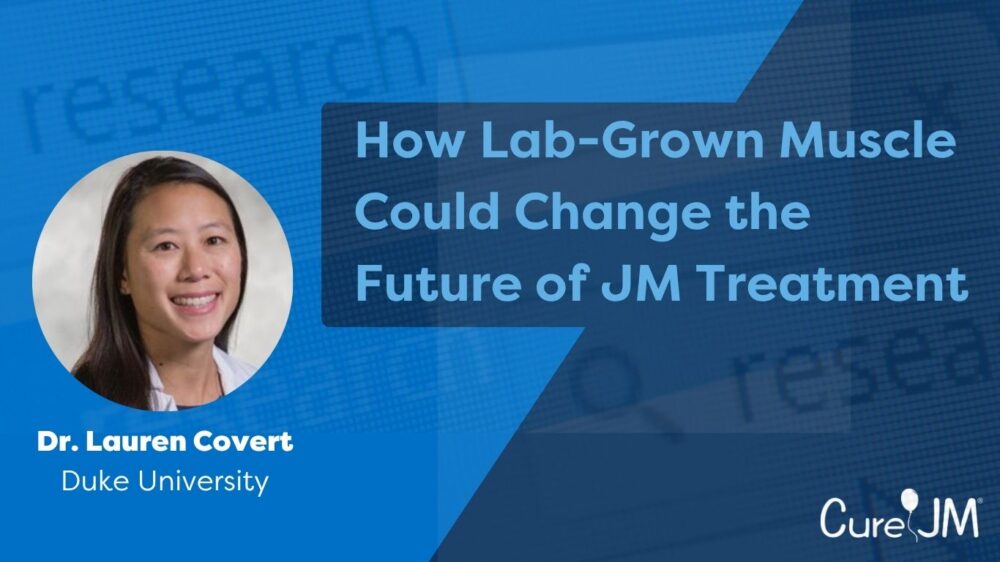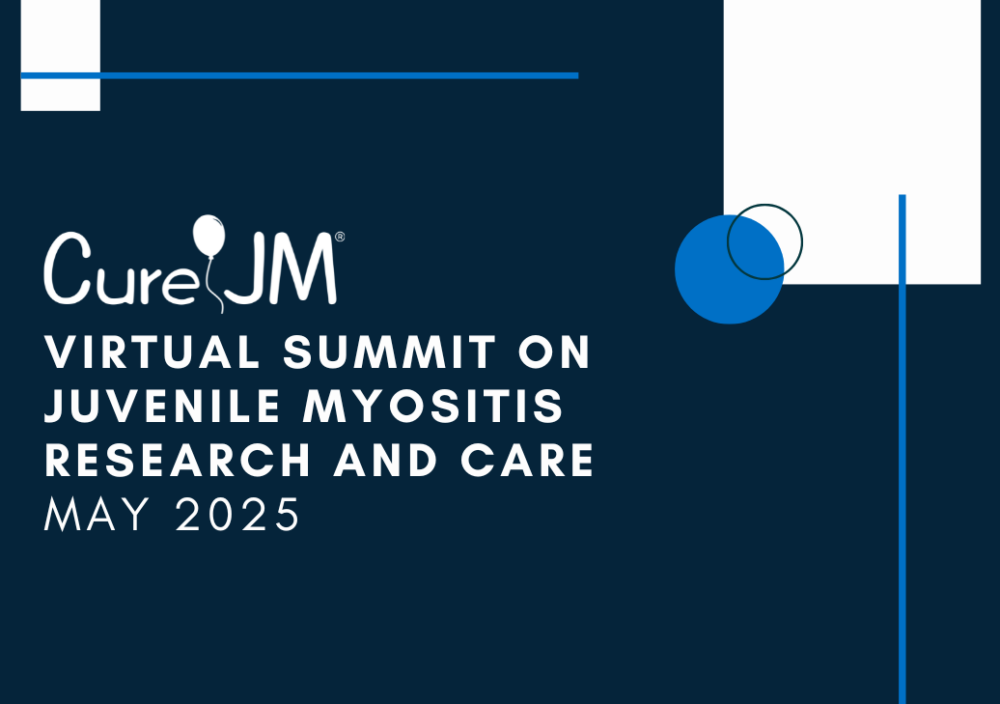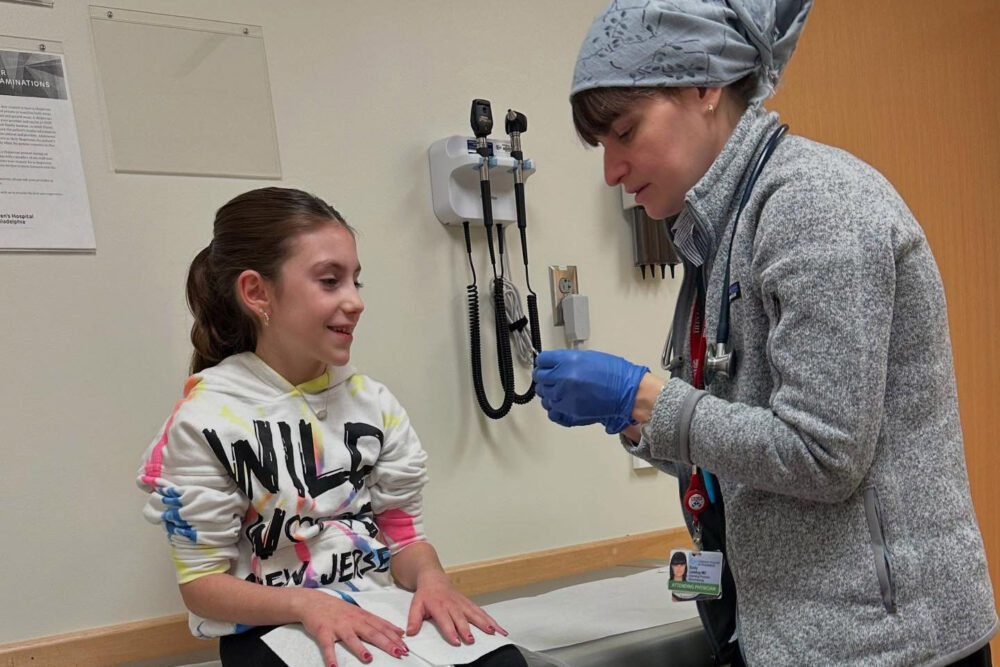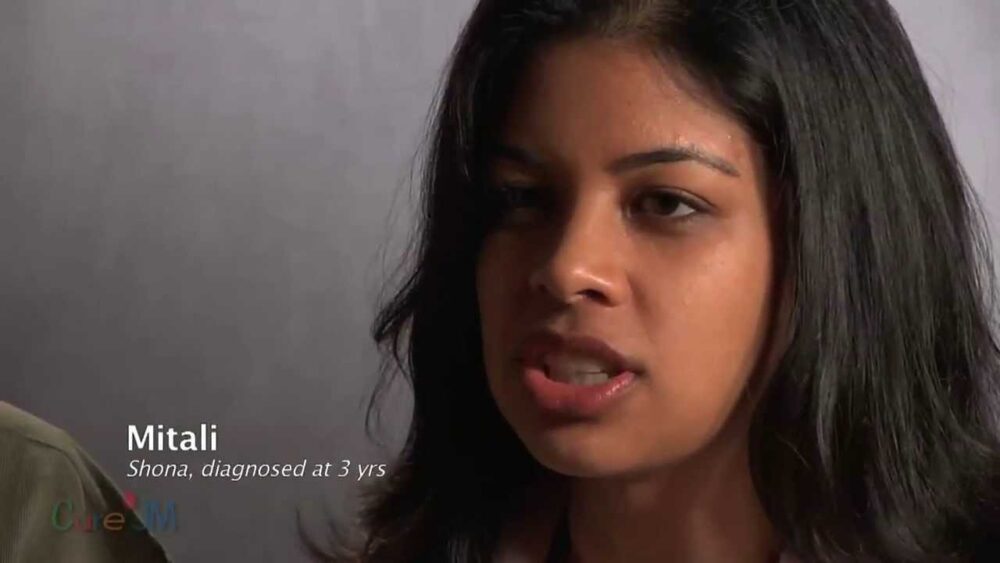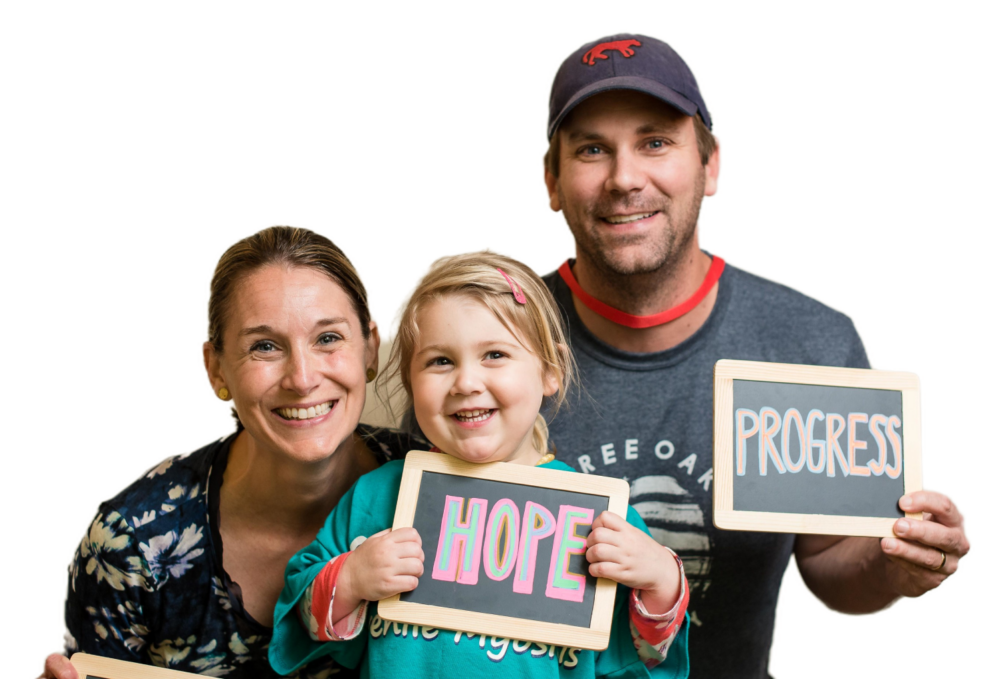It started with a small bet on a big idea. A few years ago, Cure JM took a chance, providing seed funding to Dr. Lauren Covert and her team at Duke University. Their goal? To build something no one had seen before: a living, lab-grown replica of human muscle that could mimic the effects of juvenile myositis (JM).
The Breakthrough
Today, that early gamble is paying off in remarkable ways. The Duke team has created a three-dimensional “myobundle” — muscle tissue grown from real human cells that contracts like the real thing and can be made to behave like muscle affected by JM. By exposing these tiny bundles to interferon-beta, a known driver of JM inflammation, researchers can reliably reproduce the muscle weakness seen in JM patients.
Why It Matters
This isn’t just an impressive piece of bioengineering, it’s a game-changer for drug development. Unlike animal models or traditional flat cell cultures, the myobundle mimics the disease in a realistic way, allowing scientists to test new treatments with unprecedented accuracy. In early trials, two JAK-inhibitors , which were already showing promise in children with JM, restored muscle strength in the myobundles.
The Road Ahead
Next, the Duke team is preparing to ask the U.S. Food and Drug Administration (FDA) to formally recognize the myobundle as a qualified drug development tool. If approved, it could be used across the pharmaceutical industry to speed up the identification and development of promising JM treatments, lowering costs and accelerating the path from lab to patient.
For Cure JM, the milestone is more than just science. It’s proof that early investments in bold ideas can ripple outward — from a lab at Duke, to the FDA, to the lives of children waiting for better treatments.
“Breakthroughs are possible when we can invest in new ideas,” says Dr. Andrew Heaton, Cure JM’s Chief Scientific Officer. “Your support lets us stand with innovative researchers and back bold ideas that move new treatments forward.”
What’s a Myobundle?
A lab-grown human muscle designed to mimic JM
- Built from real human muscle cells
Grown in 3D form so they contract like real muscles and show the same weakness seen in JM patients. - Realistic disease simulation
By adding interferon-beta, scientists can replicate the inflammation and muscle weakness caused by JM — something animal models can’t do accurately. - Powerful drug-testing tool
Lets researchers test new treatments safely in the lab, predict effective doses, and speed promising drugs towards clinical trials. - Real-world impact
Safely bring new treatments from the lab to patients at a lower cost. This is vital in rare disease research, where funding is limited.
